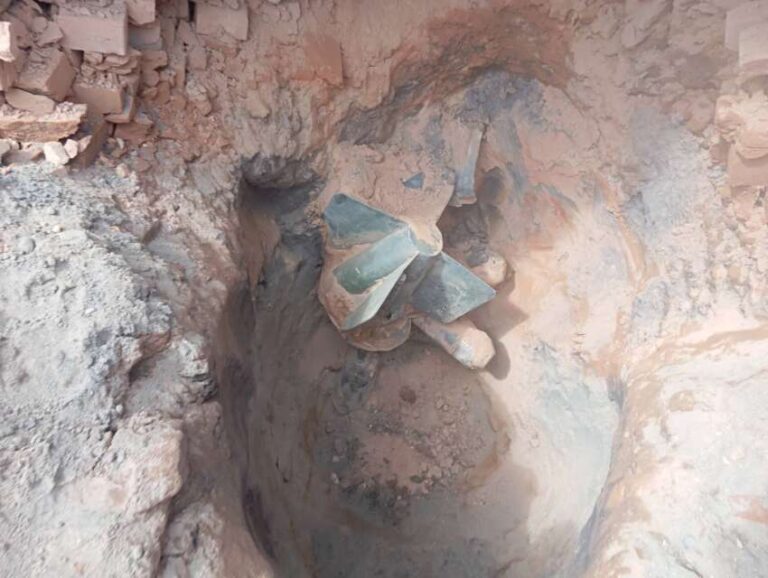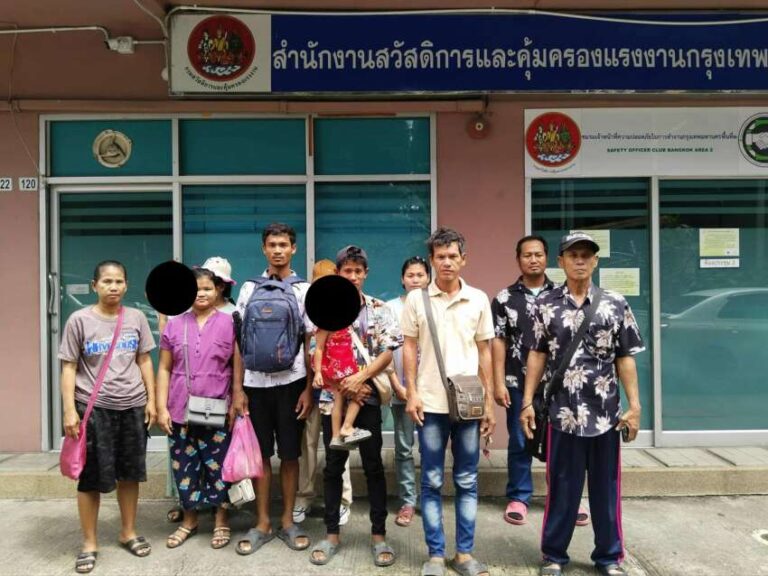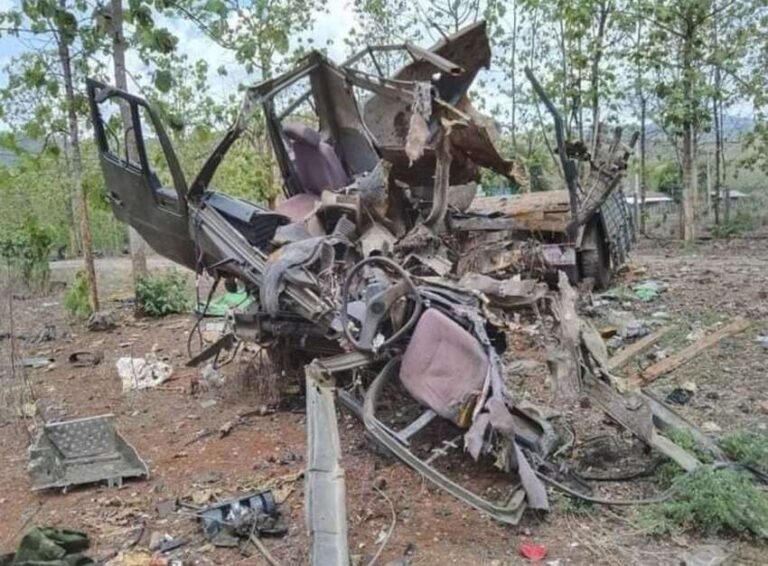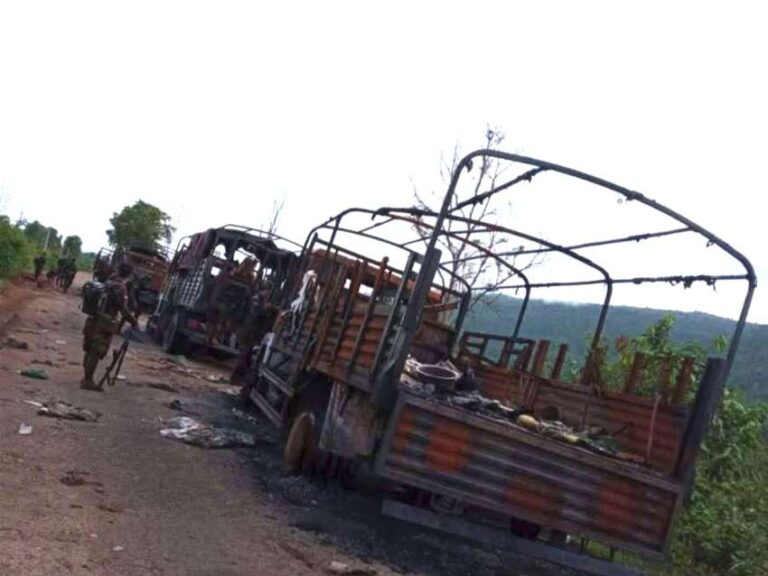
Military sources in Naypyidaw have confirmed that junta leader Min Aung Hlaing suddenly ordered several senior generals and brigadier generals to change into civilian clothes during a defense and security meeting, without any prior notice. At the meeting held on July 31, he commanded high-ranking officers including General Aung Linn Dwe, General Nyo Saw, General Mya Tun Oo, and General Tin Aung San to immediately remove their military uniforms and switch to civilian attire.
However, this order to change into civilian clothes did not apply to all generals listed in the military’s reserve force, but rather appeared to be selectively implemented according to Min Aung Hlaing’s personal discretion. For example, General Maung Maung Aye, who is over 60 years old, Lieutenant General Yar Pyae, who has been in the reserve force since 2020, and General Ye Win Oo, who is nearly 60 years old, are still permitted to wear their military uniforms. Meanwhile, Min Aung Hlaing himself, at 69 years old, continues to wear his uniform and retain his position as Commander-in-Chief of Defense Services, a situation that has reportedly caused dissatisfaction among officers within the military.
The reshuffle also included the transfer of Lieutenant General Soe Min Oo to the position of Chairman of the Union Civil Service Board, Brigadier General Naing Min Kyaw to Deputy Minister of Foreign Affairs, and Brigadier General Thett Htun Aung to Deputy Chairman of the Central Bank. Within the military, continuous position changes have been implemented, with Lieutenant General Phone Myat being appointed as Chief of Military Affairs, Brigadier General Zaw Min Latt as Commander of Bureau of Special Operations 5, and Brigadier General Win Maung Thein as Commandant of the National Defence Academy.
According to CDM Captain Zin Yaw, these changes appear to be preliminary moves ahead of more extensive military and civilian position transfers before the upcoming election. The reorganization is seen as part of a broader strategy to restructure both military and civilian leadership positions, with more changes expected to follow in the coming months. This restructuring is particularly significant as it affects senior officers who outrank potential future military leaders, including those considered frontrunners for the position of Commander-in-Chief, such as Kyaw Swar Lin and his contemporaries.



